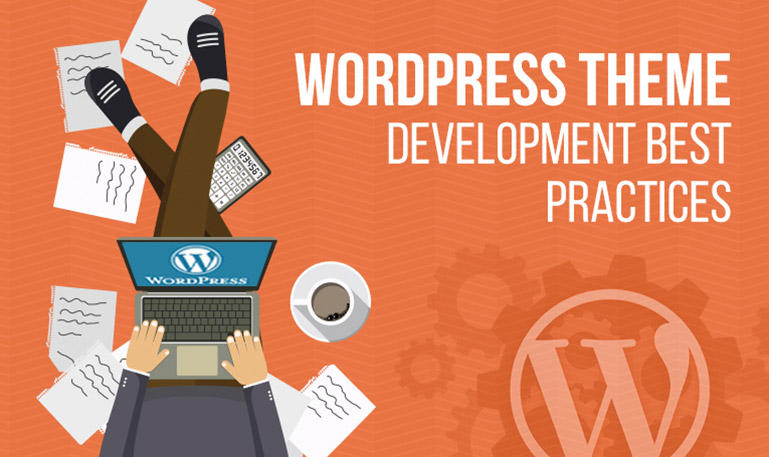In this article, we will talk about some of the best practices for WordPress theme development.
Given below are the best practices for WordPress theme development:
1. WordPress coding standards
WordPress has well-established coding standards for PHP, HTML, and CSS. You need to code your WordPress themes using the following standards:
- You should use well-structured, error-free PHP and valid HTML.
- Use clean, valid CSS.
- Follow design guidelines.
2. Theme Stylesheet
Some of the stylesheet guidelines you need to follow:
- When authoring your CSS, you should follow CSS coding guidelines.
- Use valid CSS when possible.
- Minimize CSS hacks.
- Style all possible HTML elements: tables, captions, images, lists, block quotes, etc. by your theme, in post/page content, and in comment content.
- You can add print-friendly styles.
3. Theme files
WordPress themes can include three to four languages: HTML, CSS, PHP, and JavaScript.
You need to keep your resources organized. Some of the theme files organization guidelines you can follow:
- Set up template files for header.php, footer.php, sidebar.php etc.
- Keep your main template files in the theme’s root directory.
- You should give JavaScript, page templates, CSS, image, and language files in their own directory.
- You should prefix page template page-about-template.php or nest inside page-templates folder
4. Template hierarchy
There is a hierarchy that determines the template WordPress platform will use for each. Templates are chosen and generated based on the Template hierarchy.
You need to have a proper understanding of the hierarchy and familiarize yourself with it for theme development.
5. Theme localization and internationalization
The WordPress platform has been so widely adopted that the market for themes isn’t limited to a single language.
You should make your themes translation ready as WordPress makes it very easy to localize your theme.
6. Theme options
With WordPress theme option panel, you can change many options like Google Analytics ID, background color, header logo, codes etc.
The wp_head, wp_footer and comment_form hooks are used by many plugins. You need to implement wp_head () in the head section of the header.php file, wp_footer() in footer.php file and do_action at the end of the comment form in comments.php file.
7. Template files
If you want to load another template other than header, sidebar, footer into a template, you can use get_template_part(). Now, it is easy for a theme to reuse sections of code.
8. Test your theme
You need to test your theme before releasing it to the public.
If you’re using the theme for yourself or a client, you should run it through a testing process given below:
- You need to find and fix PHP and WordPress errors. Add define(‘WP_DEBUG’, true); to your wp-config.php to enable debug settings and see deprecated function calls and other WordPress related errors.
- You can test theme with all your target browsers, for e.g. Chrome, Firefox, Opera, Safari etc.
- Check template files against Template File Checklist.
- Validate HTML and CSS.
- You should also check for JavaScript errors if you have used in your theme.
These are the 8 best practices you can follow for your WordPress theme development.












